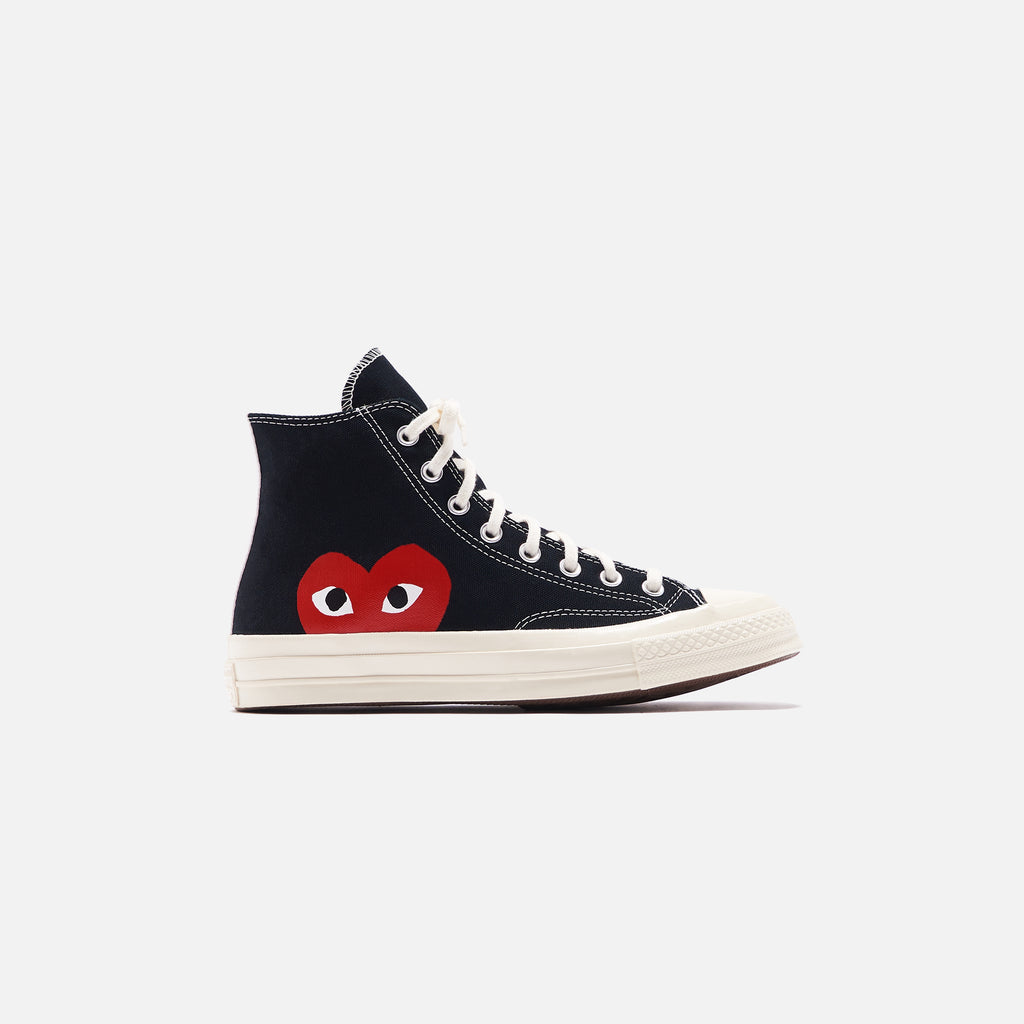In certain aspects, the clothes that we wear and the way in which its worn provide glimpses into our characteristics, how little it may be.
Fashion is often described as a method to express ourselves.
However, as the majority of youth culture participates in the endless trend cycle, does buying clothes off trendiness come at the cost of personal authenticity?
Individuals participate in fashion because the social cache associated with being stylish comes with great sociocultural benefits to us. Buying something solely based off that factor results in a person looking the exact same as everyone else, although their original intention was to be separated from the crowd. This insatiable desire to always look "on trend" subverts the other decision-making factors when it comes to buying clothes , such as how much it reflects the wearer's personality and interests.
The phenomenon in which this is often observed is the act of buying the more "premium" version of a pre-existing product. A few examples come to mind, such as the Alexander McQueen Stand Smiths, the Essentials collection by Feat of God, or the Comme des Garcons PLAY Chuck Taylor 70s. Consumers who buy these often have the intention to distinguish themselves from the “regular” version of these items, as a means to send cues about one's wealth or sociocultural standings. But what they don't often realise is that these premium versions of merely the entry-level items designed to generate revenue for fashion brands to design their main collections, which most people skip out on despite the price bracket being similar.
Individuals participate in fashion because the social cache associated with being stylish comes with great sociocultural benefits to us. Buying something solely based off that factor results in a person looking the exact same as everyone else, although their original intention was to be separated from the crowd. This insatiable desire to always look "on trend" subverts the other decision-making factors when it comes to buying clothes , such as how much it reflects the wearer's personality and interests.
The phenomenon in which this is often observed is the act of buying the more "premium" version of a pre-existing product. A few examples come to mind, such as the Alexander McQueen Stand Smiths, the Essentials collection by Feat of God, or the Comme des Garcons PLAY Chuck Taylor 70s. Consumers who buy these often have the intention to distinguish themselves from the “regular” version of these items, as a means to send cues about one's wealth or sociocultural standings. But what they don't often realise is that these premium versions of merely the entry-level items designed to generate revenue for fashion brands to design their main collections, which most people skip out on despite the price bracket being similar.



